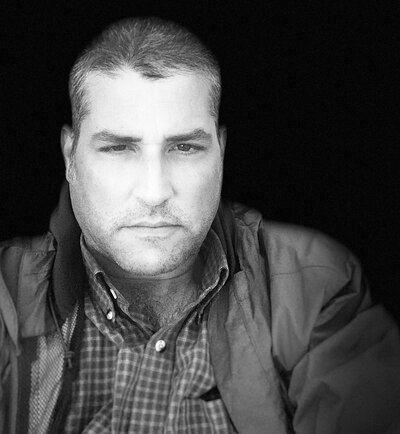Chalkbeat is a nonprofit news organization covering public education in communities across America. Subscribe to our free New York newsletter to keep up with NYC’s public schools.
The PTA meeting last month at my daughters’ Upper Manhattan school seemed pretty routine until new front doors with a buzzer system for the pre-K-8 school building came up on the agenda.
“The proposal is to provide $5,300 for new doors to match the generous donation of a parent who is concerned about school security,” a PTA board member explained.

The record scratched. Everything stopped. A parent was donating over $5,000 to pay for half of the cost of installing new, more secure doors? Even as a member of this PTA’s executive board, having seen the agenda in advance, the proposal came as a bit of shock.
After nearly 20 years as a leader in a pre-K-5 Harlem charter school where 90% of students come from low-income families, I am acutely aware of the sometimes dramatic school-to-school PTA fundraising differences.
The disparities are particularly glaring here in New York City, one of the most segregated school systems in the country, by both racial and economic factors. In one district, there is a public school where the PTA raised over $2 million and others in the same district where PTAs brought in less than $1,000.
We have these data points thanks to a 2018 law requiring the city to report the amount raised by each PTA each year, though the numbers haven’t been released since 2019. The text of the law is limited to this reporting requirement. But some education advocates saw it as a way to generate public support to address long-standing funding equity concerns, possibly by pooling funds raised by PTAs in the same districts and re-distributing them more evenly across schools.
Nationally, dramatic PTA disparities exacerbate the gaps between wealthier schools and ones with fewer resources. Those gaps often exist even in places like New York, where state and federal funds offset differences in local public funding driven by property taxes. The recent TikTok video showing off the glitzy new campus of Carmel High School in suburban Indianapolis brought that divide to the viral realm.
Of course, many of New York City’s wealthiest families send their children to elite private schools, where annual tuition may cost $60,000 or more.
As I watched the faces on the PTA Zoom call, the issue of fairness came up. My daughters’ school, in Manhattan’s District 6, is an island of privilege; our PTA raises around $80,000 per year, over five times the average of the other schools in the district. Meanwhile, a nonprofit “Friends of” organization raises an additional $50,000 to $100,000 per year for our school’s arts programming. Several parents at the meeting raised this question: “How could we approve this funding when other schools in our district don’t have the funds to install this type of protection?”
What is obvious from the outside will require in reality a massive shift in our assumptions about school.
Yes, the city is working on a plan to make more safety equipment, such as enhanced locks and security cameras, available to all schools, and the principal at my children’s school is already working with several schools in the district to support their interest in more secure doors. But on this fundamental question of equity, my thinking has shifted since joining this high-performing PTA earlier this school year.
From the outside, our group is raising extravagant sums of money. As an insider, I have seen and felt the insecurity and constant scramble for more funds. In preparing for every parent-facing event, someone wonders how we can turn this opportunity into a fundraising ask. There is a frequent sense that we aren’t doing as much as we can, that we are leaving resources for our children on the table by not pursuing donations more aggressively. At our last board meeting, the chair made the point that we may need to add another fundraiser to the calendar since we are meeting staff and parent requests at a higher rate than expected.
From the inside, the notion that this group, aware of its power and privilege and yet never feeling satisfied with contributions to its own school community, should share its funds feels like a major challenge. At my daughters’ school, 45% of students are from low-income families; to extend the idea to communities even more awash in privilege seems inconceivable. What is obvious from the outside — that school funding should be fairly distributed — will require a massive shift in our assumptions about school.
I have pondered related questions. What is our responsibility to each other? What do people with privilege owe those with less? And with 39 schools in our district and over 1,200 schools across New York City, what exactly is “our community” in which we seek some level of equity?
I don’t have answers to these questions, but I won’t stop asking them. I won’t stop seeking answers to them. With the equity comments in mind and a commitment to engage with the other schools in the district, the PTA voted. The new doors, at a cost that is likely more than most schools in the district can raise all year, were overwhelmingly approved.
Steven Evangelista, a lifelong New York City resident and a product of New York City public schools, is a father of two living in Manhattan. After teaching various elementary school grades in District 6 and then District 3, he co-founded and co-led Harlem Link Charter School for 17 years. This essay will also appear in the March 2023 issue of Dear Dean Magazine.



